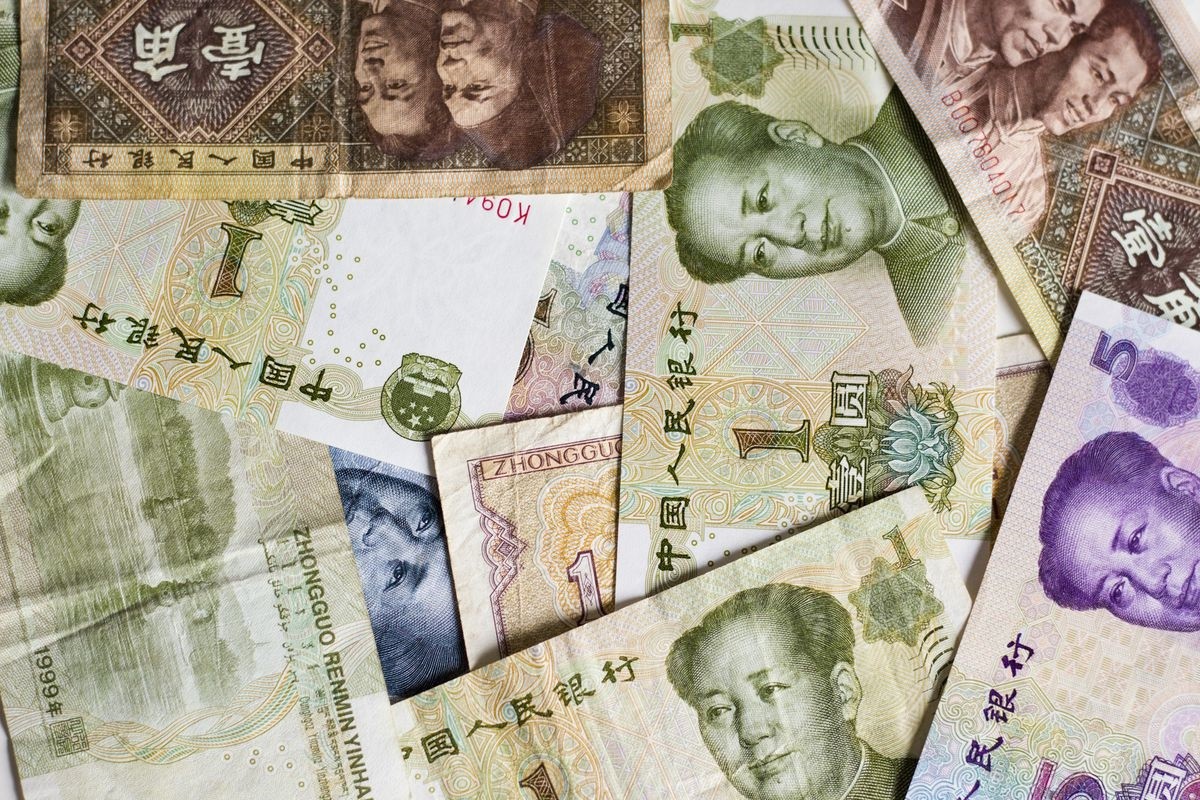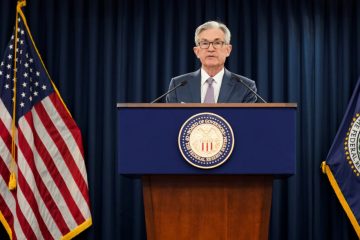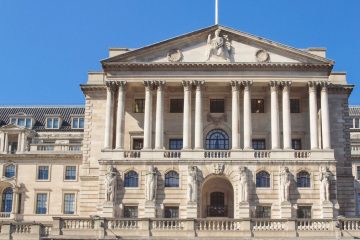Get Ready for a Weaker Yuan

A darkening economy probably means a weaker Chinese yuan, but don’t expect a plunge. The fundamental case for a weaker Chinese currency is quite clear. The country’s trade surplus, while still massive, has begun to erode as exports weaken. Its central bank is easing more aggressively as growth hits the skids. Meanwhile, U.S. rates remain high, and rising expectations of a “soft landing” for the U.S. economy mean they could stay that way well into next year.
After a reopening bounce, China’s economy is going through a rough patch. July retail sales, industrial production and investment were disappointing. The housing market is rapidly worsening again as liquidity troubles brew at Country Garden, one of the largest surviving property developers. And exports, which surged briefly in the spring, are now falling faster than imports.
At the same time, the interest-rate spread between the U.S. and China keeps widening. China’s central bank cut two key policy rates Tuesday, and Nomura
expects another cut to both this year. The rate differential between 10-year Chinese and U.S. government bonds is 1.7 percentage points, compared with around 1 point at the beginning of the year. The change is even more dramatic in real terms because U.S. inflation has fallen so sharply in 2023.
The offshore-traded yuan was trading as high as 7.34 to the dollar on Thursday. If the onshore yuan were to follow, it could notch the weakest official close since before the 2008 global financial crisis. Both the onshore and offshore currencies strengthened after the People’s Bank of China said Thursday evening that it would resolutely guard against excessive moves in the currency and keep the exchange rate broadly stable.
So far there are few signs of the massive capital outflows and big reserve drawdowns that characterized China’s currency crisis in 2015, during the last big property downturn. But there are clues that pressure has picked up on the margins—and that the central bank has begun leaning more strongly against depreciation. China’s official foreign reserves are roughly flat for the year. But figures from data provider CEIC show banks’ actual net foreign-exchange sales, arguably a better indicator of outflow pressure, came to nearly $15 billion in July, the highest since March and second highest since 2019.
Moreover, the People’s Bank of China has begun to push back more clearly with its administrative tools, including the daily state-set “central parity rate” for the yuan, around which the value of the currency is allowed to fluctuate up to 2% either way. The gap between the yuan’s daily official close and the central parity rate has widened to about 0.1 yuan, a level last hit in late 2022 as China’s Omicron outbreak was slipping the bit. Finally, short-term yuan-borrowing rates have jumped in Hong Kong in recent days, which could be a sign regulators have decided to intervene to raise the cost of speculating against the yuan offshore.
A weaker yuan could be a big help for China, given that food and energy costs have fallen recently and its exporters are struggling. But the prospect of big capital outflows following an unexpected yuan depreciation, as in 2015, probably still haunts Beijing. Between 2014 and 2016, foreign reserves fell by around $1 trillion.
So Beijing likely will keep leaning against a rapid depreciation with its administrative tools and gimmicks to punish speculators—and, as necessary, intervene to slow the fall with some of its $3.2 trillion in foreign reserves or foreign assets sitting at state-owned banks. It will be aided by China’s capital controls, refortified in the wake of the 2015-16 debacle—especially for overseas property and direct investment.
The yuan probably still has farther to fall, but a really sharp move would be a sign of either deepening desperation, as in 2015, or a capital-controls failure. Both remain unlikely, but either would be deeply worrying—to say the least.









